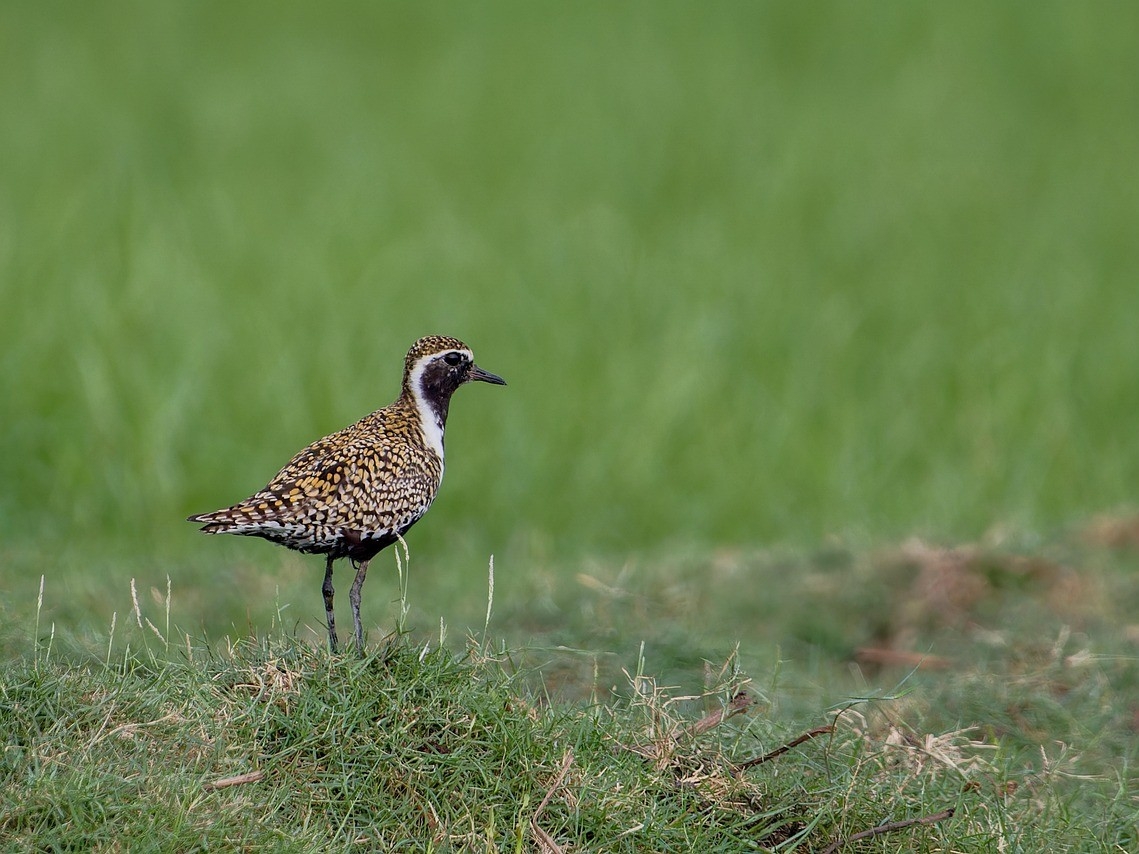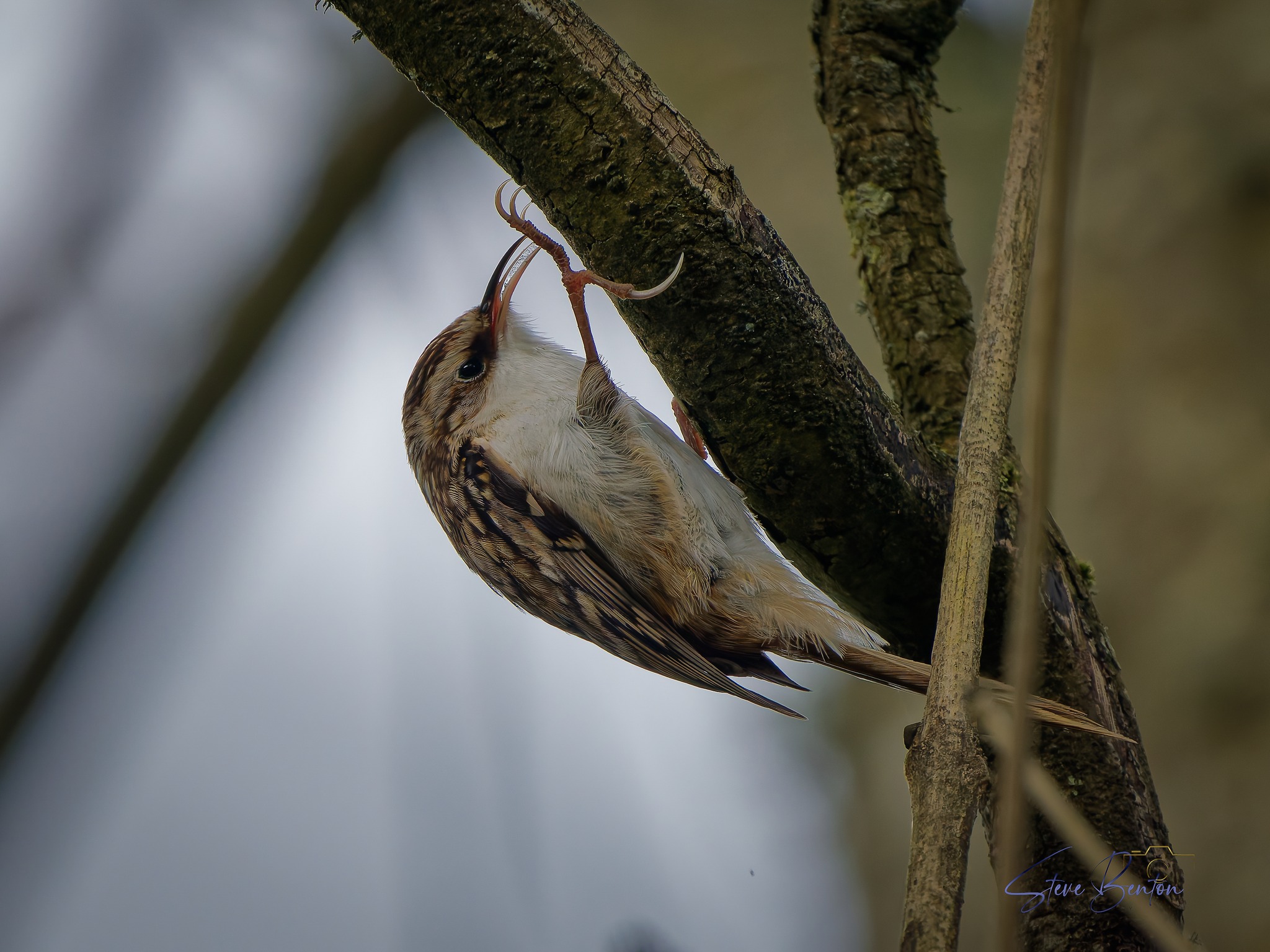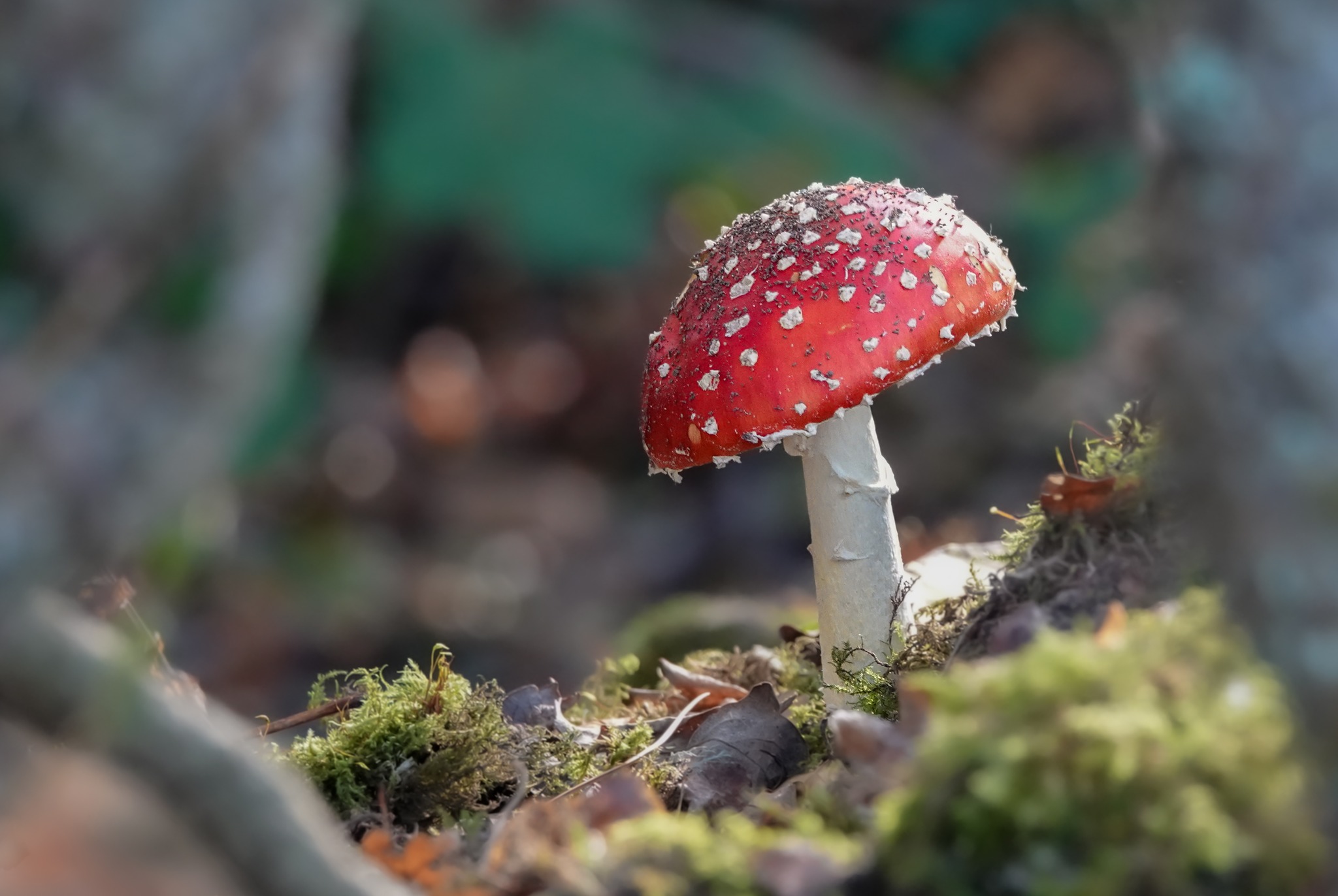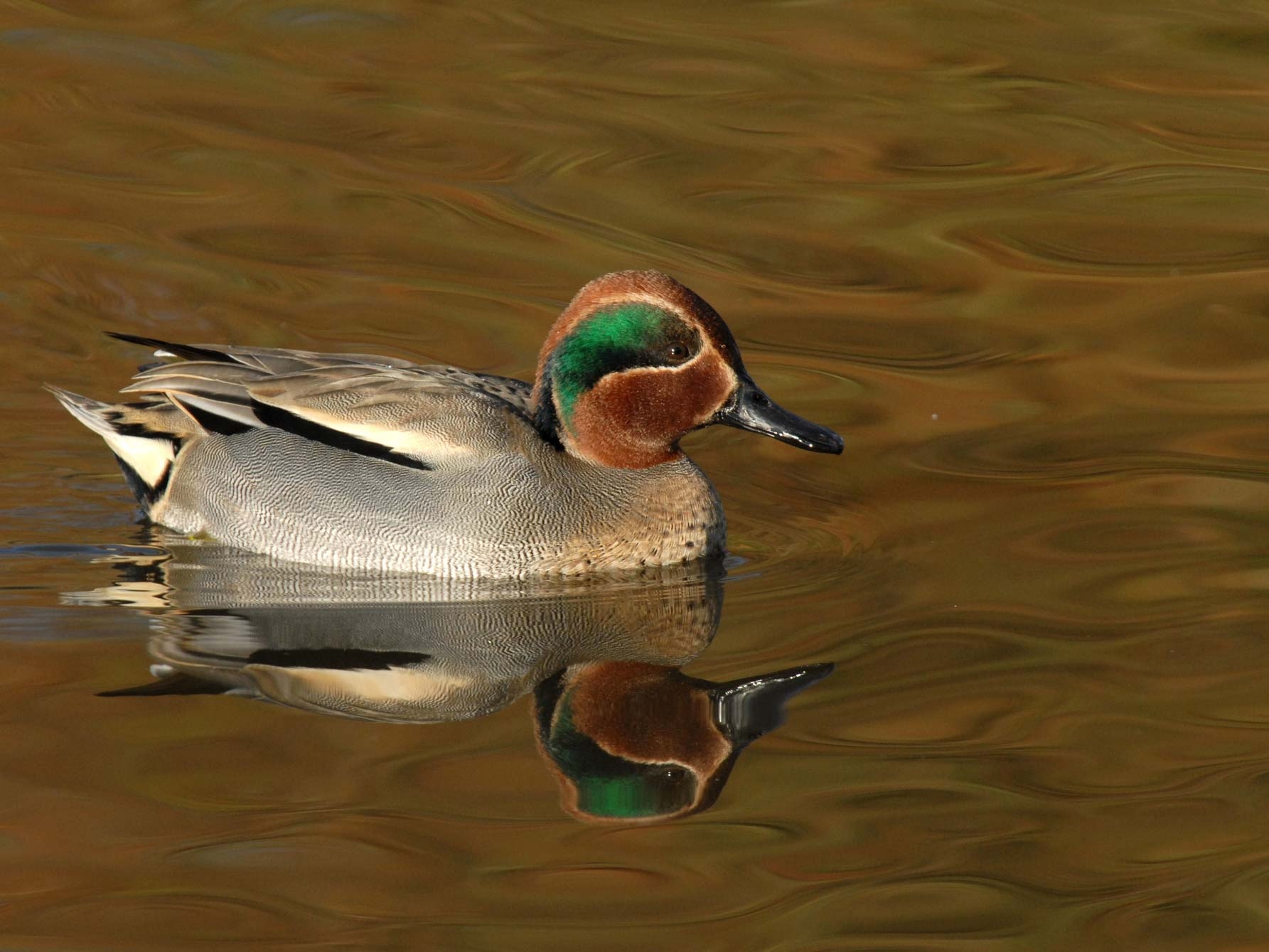Pacific Golden-Plover, Elephant Hawk-Moth, White-Letter Hairstreak, and a marvellous metallic Ruby-Tailed Wasp
Bring on July!

We’ve had a visitor from across the pond (or it may have taken a different route)
Wildlife Sightings at WWT Llanelli from 30th June – 3rd July
Highlights: Pacific Golden-Plover, Elephant Hawk-Moth, White-Letter Hairstreak, Ruby-Tailed Wasp
On Monday we were visited by a Pacific Golden-Plover, who must’ve travelled a long way to end up on the Dafen Scrapes (we’re not complaining though). The Pacific Golden-Plovers get plenty of practice flying long distances – they can travel over 8000 miles from their breeding grounds to the areas where they spend the winter! Their winter range is expansive, too, including the American west coast, Asia, and northeast Africa (that’s pretty much half of the world’s circumference!). These birds are a very rare sight in the UK, even rarer than their close relative the American Golden Plover. Though you may not know that you’ve spotted a rarity unless you know what to look for – the Pacific Golden-Plover is smaller than our European Golden Plover and has grey underwings rather than white. Its legs and neck also appear longer than its European counterpart. So keep an eye out; you might just get lucky!
For our “Schools for Species” event on Tuesday, we set up a moth trap under the Heron’s Wing Hide in hopes of finding some cool species to share with the pupils. And find cool moths we did, none more vibrant than he Elephant Hawk-Moth! With its gorgeous pink and green colouration, this fuzzy moth is a real cutie! You may wonder where their name originates from, as their pretty pink hardly resembles an elephant – they are actually named for their caterpillar, which resembles an elephant’s trunk! Fun fact; Elephant Hawk-Moths have excellent night vision, and are able to see in colour despite low light. They were one of the first species found to possess this ability, which may have evolved for more efficient feeding from tubular flowers at night. Alongside the Elephant Hawk-Moth, Buff-Tip Moths arrived in droves, helping to teach the students about camouflage, as they look just like birch twigs when sat still.
One of our newest butterfly arrivals of the year is the White-Letter Hairstreak, and though some may find their brown to be dull, they are an uncommon and special sight! Feeding on Elm trees, their populations took a hit due to Dutch Elm disease but have been recovering since, continuing to fly high in the treetops – out of sight. When they do descend, you’re likely to spot them flying in an erratic spiral as most hairstreak butterflies do.
The Ruby-Tailed Wasp may not strong humans’ but they sure do kill other wasps! Part of the family known as “cuckoo wasps” they earn the name by parasitising other species’ nests, laying their own eggs which hatch first, eating the other’s eggs and young! Their thorax and head can be blue or glossy green, with the occasional golden shine. Its most characteristic feature is its deep red abdomen, for which it is named.
Finally, over at the Welsh Water Hide, a Red Kite was on a soaring search for food on Wednesday. Although they aren't as common here as other raptors, Red Kites are easily identified by their distinctive forked tail. These graceful gliders frequently hunt in wide countryside and nest in broadleaved woodlands, preferring to breed in the uplands rather than along the shore. They are an outstanding illustration of how conservation and rewilding initiatives can restore the species landscape and reintroduce wonderful animals into our lives.
Pacific Golden-Plover stock photo for reference.



